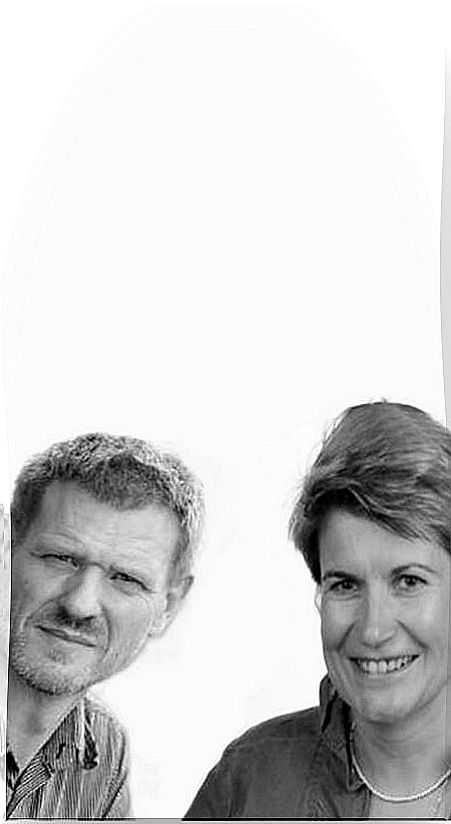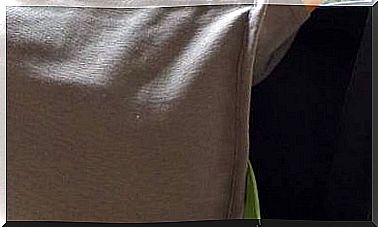“A Good Teacher Treats Each Student As Unique”
Anna Forés and David Bueno propose applying the discoveries of neuroscience in the classroom. They have coordinated the book “The educational practice with a neuroscientific look” and in this interview they tell us more about the educational revolution that we have pending.

There are many voices that demand an adaptation of the educational system. Anna Forés, PhD in Philosophy and degree in pedagogy; and David Bueno, doctor in biology and genetics researcher, both professors at the University of Barcelona and UB-EDU1ST professors of Neuroeducation, defend that knowing the brain is the key and propose that these improvements take into account the latest discoveries in neuroscience.
Many of this knowledge and practical applications are collected in Educational Practice with a Neuroscientific Look (Ed. Horsori), a work that aims to be a bridge that brings science closer to school.
“Understanding how the brain manages to fix everything we learn, what motivates us, what role emotions play during learning, how neural networks mature, among others, allows us to understand why certain educational strategies work better than others that can even get to have undesirable consequences in the medium and long term ”, say Anna Forés and David Bueno.
-There is a long way to go?
– Yes, especially in the application of the discoveries of neuroscience in the classroom. But there are also many schools and especially many teachers who have already entered the world of neuroeducation and who are having very interesting educational experiences
– How do you think the current pandemic situation at school is affecting both teachers, children and parents?
–Schools are under a lot of pressure and even more so now with the pandemic. We have gone through different stages. Now we have to support and take care of each other more than ever, work on emotional and mental health apart from the physical.
The lack of socialization and physical contact is taking its toll on many people.
Respecting health needs, we must be very aware of the emotional state with which our students experience learning, in the same way that we must take care of ours by supporting each other.
– One of the big problems today is school failure. What would neuroeducation and you as experts say about it?
–It has been shown that if there is a bond, it is very difficult for the boy or girl to leave. For this reason, ties in schools must be strengthened, both between classmates, between students and their teachers, with families, and so on.
Students have to feel that school is their space, a space that welcomes them, a place where they feel good, a place where they are stimulated without over-stimulation and where they feel the support of their teachers.
–Is self-concept key in any learning process? What steps can the school take to protect children’s self-esteem? Or does it depend more on the parents?
–To educate a “tribe” is needed. Therefore, if we add the efforts of the family and that of the teachers, we will do a great job, especially with the boys and girls in mind.
If adults trust them, their abilities and their own decisions, redirecting everything we consider appropriate, but always with respect and mutual trust, students will also trust themselves and this self-esteem translates, not only into better academic performance, but also in an improvement in their construction and self-construction as integral people.
–They talk about the importance of executive functions as a determining element in the success of boys and girls in life. What are executive functions and what does developing them depend on?
–The executive functions comprise a set of essential cognitive abilities such as the ability to plan alternative futures, reflect on the pros and cons of these possibilities, make decisions based on these reflections and not only in the immediacy of the moment, adapt behavior to Putting the decisions we make into practice –which implies emotional management– and making the responses more flexible –which is called cognitive flexibility– in order to adapt and readapt them to the changes that are taking place.
They are the most complex cognitive functions and are the last to mature. And we must start working on them from a young age to exercise them. How? Very easy: using them. Each time we allow our students time to plan, reflect, decide, etc., each time we help them by guiding them to carry out these activities, the neural networks that sustain them are activated, which strengthens them and makes new connections established. that increase its effectiveness. Of course, all this is always adapted to the age of the students, since these capacities are slowly maturing.
–Imagination is one of the best tools to develop the brain. Is little care taken in early childhood education?
– Perhaps in early childhood education it is present, but then we abandon it. Imagination is a very powerful tool and very little worked in the educational field. When we imagine something, neural networks of memory and creativity are activated simultaneously in the brain. In other words, neurally, imagination consists of combining, in a new and creative way, experiences and knowledge that we have previously acquired.
Therefore, to cultivate the imagination, it is important both the progressive acquisition of knowledge and the experience of enriching experiences so that these knowledge are not ankylosing and are produced through creative activities such as art, music, among others so that the brain enhances all these neural networks and “learn” to use them together.
–It seems that exercise, play for the sake of play, drawing and music can be fundamental instruments in the development of the child’s brain. Instead, our education leaves them somewhat aside. Is that so?
–Everything is key to learning. The game is still the disguise of learning as the great Francisco Mora says, but we also know the importance of playing musical instruments and the artistic part for a full development of the human being. Nothing is secondary in education. Play, for example, is the instinctive way we have to acquire new knowledge.
Girls and boys play instinctively, but not for fun, but to learn.
What happens is that the brain rewards learning with pleasant sensations, which makes the game fun and encourages them to keep playing to keep learning. It does not mean that they should be playing all the time, but that learning and experiences must be transmitted to them with a dose of reward for the effort made to maintain this learning instinct. Drawing is also crucial. Not only does it promote creativity, but art activates areas of abstraction in the brain that can later be used in many other activities.
With respect to music, it stimulates linguistic areas –it is a language in itself–, of logic and mathematics –which are found in its rhythms–, emotional –and emotions are crucial to carry out efficient learning–, of creativity, and so on. It is one of the best gymnastics for the brain. And physical exercise is not only important for the development of the body, but also for the integration of the mind (the brain) and the body, and it has even been seen to promote executive functions.
– What would be necessary to facilitate the introduction of this knowledge in the current educational system?
–Firstly, respect the rhythms of boys and girls, make them participate in educational decisions and open schools to society. Also disseminate this knowledge among teachers and in society in general. And, of course, these serve to inspire the educational curricula combined with all the essential pedagogical baggage that is already being used.
– Is integration important in education? Does it mean that a child with high abilities should be with other children and vice versa?
–Education is inclusive by definition. Each person is unique so education must remain open to the coexistence of differences. You not only have to respect them, but learn to learn through them. The school has to be a meeting place for the singularities that make up society. This does not prevent teachers from having to adapt the learning rhythms to each situation.
A girl or boy with high capacities must be given more difficult challenges so that they do not get bored, in the same way that a boy or girl who shows some learning difficulty must be provided with challenges that, maintaining the challenge, are appropriate to your chances. The important thing is that they maintain the feeling of challenge and reward for the achievements they acquire, be they many or somewhat less.
– From your point of view, what qualities best define a good teacher?
– A good teacher is, for us, the one who loves his profession, the one who is aware of the great responsibility of educating, the one who treats each student as unique and is capable of transmitting confidence, security and challenge. Recognize ourselves as unique and unrepeatable beings with our limitations and our potentialities and honestly internalize that education is the key to transform the world. This is the great challenge and the great responsibility of education and educators.
If you have been interested in this interview …
You can read more in the book The educational practice with a neuroscientific look (Ed. Horsori), by Anna Forés and David Bueno here.









